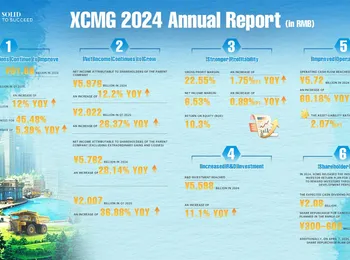Used and recycled electric vehicle batteries are getting a second chance at life through energy storage systems across the country. Lithium-ion batteries are retired from their role powering EVs when they still have a lot of life left in them, and repurposing them for one of the fastest-growing energy industry sectors is a no-brainer. Diverting lithium-ion batteries away from landfill and into storage projects yields multiple overlapping benefits. First, it helps build up domestic energy storage capacity in a cost-effective and efficient manner. According to Dimension Market Research, the global energy storage market is on track to reach USD $204.8 billion by 2033, up from USD 58.9 billion in 2024. This represents a massive compound annual growth rate (CAGR) of 14.8%. As renewable energy sources become more prevalent in the national energy mix, energy prices become more volatile and can even dip into the negatives when supply outpaces demand. This is because wind and solar energy are variable, meaning that they produce energy when the sun is shining and the wind is blowing, irrespective of demand. As a result, utilities need to stabilize inflows and outflows of energy to maintain profitability and to keep the lights on. The second benefit is that reusing EV batteries for energy storage avoids throwing away critical minerals including lithium, nickel, and cobalt at a time when supplies for those elements are growing increasingly tight. Currently, China has a dominant position in many critical mineral supply chains, and reusing batteries helps avoid tariffs and geopolitical complications. Plus, reclaiming critical minerals instead of purchasing new supplies avoids the environmental and social impacts associated with mining and refining those minerals. Third, battery storage provides a lifeline for EV battery makers at a time when the market is cooling down in the face of major and unprecedented political pressures. BloombergNEF has forecast a decline in EV sales in the United States for the first time ever as the Trump administration walks back Biden-era policies designed to boost electric vehicle adoption. The new numbers paint a grim picture for battery makers, but energy storage projects could provide a game-saving strategy. Already, major automotive companies are taking notice and beginning to pivot. Last month, GM with Redwood Energy to begin a used-battery powered storage venture intended to serve as an external power bank for data centers. Related: China’s Oil Imports Jumped in July. The market for grid-scale batteries and backup power isn’t just expanding; it’s becoming essential infrastructure, according to Kurt Ketley, General Motors’ vice president of batteries, propulsion, and sustainability. “Electricity demand is climbing, and it’s only going to accelerate. To meet that challenge, the U.S. needs energy storage solutions that can be deployed quickly, economically, and made right here at home. GM batteries can play an integral role.” We’re not just making better cars—we’re shaping the future of energy resilience.
The use of batteries as power banks for data centers could also prove to be a critical solution to another major energy issue of the moment. As artificial intelligence places unprecedented strain on power grids and raises the United States’ energy demands after decades of stasis, alternative energy solutions are critical for energy security as well as decarbonization efforts. “Electricity demand is accelerating at an unprecedented pace, driven by AI and the rapid electrification of everything from transportation to industry,” Redwood founder and CEO JB Straubel noted. “Both GM’s second-life EV batteries and new batteries can be deployed in Redwood’s energy storage systems, delivering fast, flexible power solutions and strengthening America’s energy and manufacturing independence.” As a result, energy storage centers powered by EV batteries are popping up across the nation, and particularly in the Lone Star State. While the sector is relatively small now, it’s going to grow at a breakneck pace. And the timing could not be better, as first-generation EVs begin to proffer a steady stream of retired batteries. This burgeoning market represents a significant shift in how we manage energy, transitioning from a reliance on fossil fuels to a more sustainable and decentralized approach. The potential for innovation and growth within this sector is immense, driven by technological advancements and increasing demand for reliable energy storage solutions. Furthermore, the strategic importance of this transition cannot be overstated, particularly in light of global geopolitical uncertainties and the urgent need to address climate change.
The ongoing development and expansion of this sector are poised to transform the energy landscape, creating new economic opportunities and bolstering national energy security. Ultimately, the success of this initiative hinges on continued investment, technological advancements, and a collaborative approach involving government, industry, and research institutions. This is a transformative movement that promises to reshape the way we generate, store, and consume energy, paving the way for a cleaner, more sustainable and more secure future for generations to come.
























